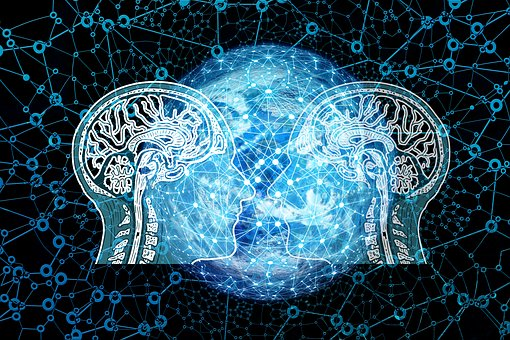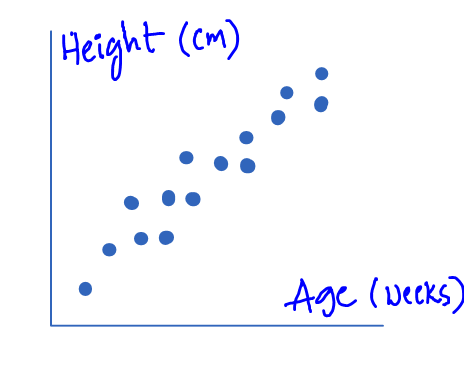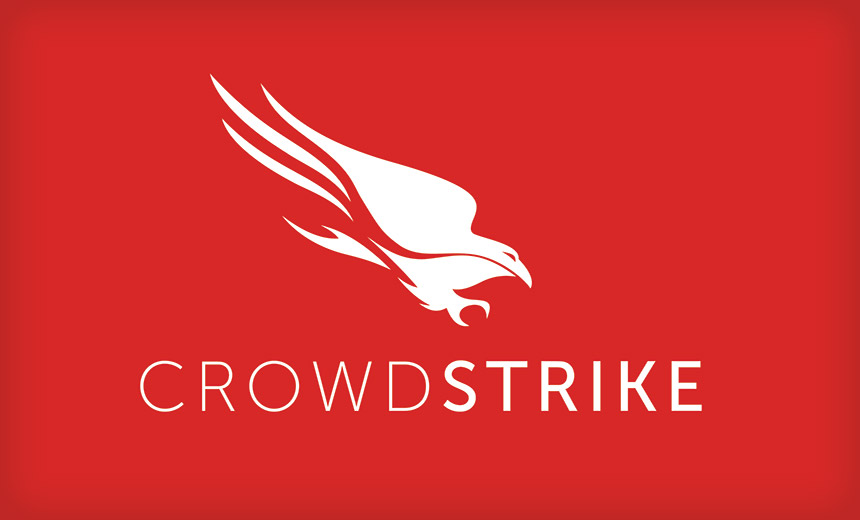
Top 5 Tough Projects for 2018 with the Advancement of AI
In 2017, people will hear predictions that AI will change the world everywhere, and it will remain the same in 2018. But people will focus more on repeatable and quantifiable results because it is likely to turn some important ideas into reality. In 2018, AI and machine learning will still make headlines, and there will probably be more horrific information, such as robots will replace us to work, and even destroy humans. However, with the increasing number of intelligent learning machines, real innovation and development have received more and more attention.
Here are Top 5 predictions about AI in 2018
The hype and empty talk about AI will be reduced, but the actions will be more:
Once the AI has any breakthrough technology, it will be promoted. And the predictions about its usefulness last for centuries, so no matter where you go, you will hear people talking about it. This also means that there will inevitably be a lot of empty talk. But as the media turns its focus to “the next big event,” it will eventually disappear. In the 2018s, I hope to see the dreams and ambitions that have been discussed in the past few years. All the evidence shows the development and integration of investment AI, especially machine learning, and its technology is constantly evolving. Importantly, in computer games and TV programming games, the results of computer learning to defeat humans have begun to emerge. I hope that in 2018, as machine learning and neural networking technologies can take on more daily tasks, they can make progress.
More and more funds will flow into the AI enterprise project:
Driven by the success of innovators and market leaders in 2017, more and more companies will launch projects involving AI. With the advent of self-driving cars and ships, as well as life-saving medical advances, it seems that technological change is getting faster and faster. For many CEOs and CTOs, change has become increasingly urgent. Another powerful motivating factor is fear of losing. With so much gain, a “we must do something” and AI-related mindsets will emerge. Although this can be motivating, if the action is too hasty, it is easy to see my next prediction:
Many AI projects will fail in an expensive way:
Unfortunately, many projects involve new and often untested technologies and have been around for many years. In some cases, this depends on the risks that each of the pioneers can accept. When we work in a new field, the only certainty is that there are unforeseen difficulties. Machine learning algorithms can make a difference in new ways of solving problems, and even foresee the future, but they are unlikely to foresee or reflect many internal and external factors that can affect success. These factors may include management and employee support, legal, political or economic development, competitors’ activities, business capabilities, and collaborative data-centric teams. Ambiguous or lack of attention to AI goals and expectations is often the cause of failure. The cruel truth is that AI is difficult and often expensive.
There is a “plug and play” model that can serve as a solution for organizations that don’t have global resources to think about integrating AI. However, it also has the potential to give data science a risk of “one size fits all” or templating methods that may not be suitable for all organizations. The projects that are most likely to succeed are those that have a clear strategy from the start. The results are clearly related to profit and loss key performance indicators such as revenue growth and customer satisfaction ratings.
The way we interact with machines will continue to move in the direction of sound:
Just as Echo and Alexa are pouring into our homes, session interfaces are becoming more common when it comes to technical interactions in business environments. According to a report, 20% of companies will add voice interfaces to their existing point-and-click dashboards and systems next year. After all, this is most of us naturally AC square style – usually we can build any inquiries within a few seconds. As computers become more adept at understanding us, we no longer need to spend time learning complex mathematical languages.
Natural language generation and natural language processing algorithms are constantly learning to better understand us and to talk to us in ways we understand. This will continue to improve in 2018, and we should be accustomed to talking to the robot within a limited range of parameters, just as we talk to another person.
Robots will be closer and closer to our health and happiness:
This prediction sounds dramatic, but I don’t mean that when we walk into the doctor’s office, we are robots (at least not currently). AI is quietly entering the medical industry. For example, image recognition algorithms are being used to identify warning signals hidden in medical images, even handwritten orders.
Due to the success of this technology in the pilot project, we expect to have a wider range of operational applications next year. We may also see more robots appearing in people’s lives to help them cope with disability and disease. Nursing and companion robots are expected to become popular in 2018 and may become a reality in everyday life.



